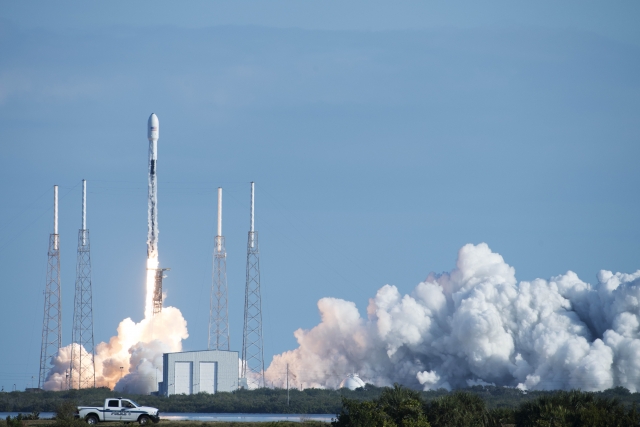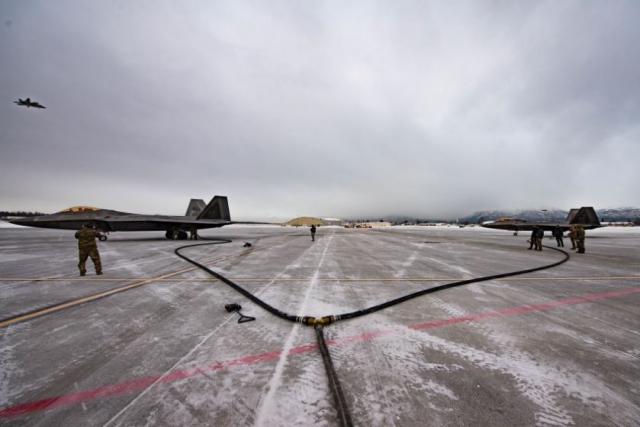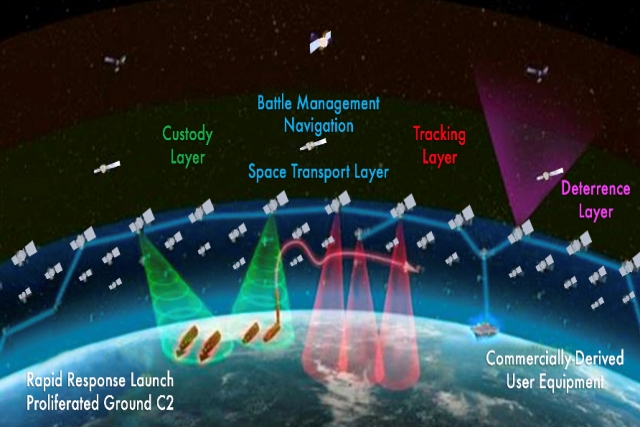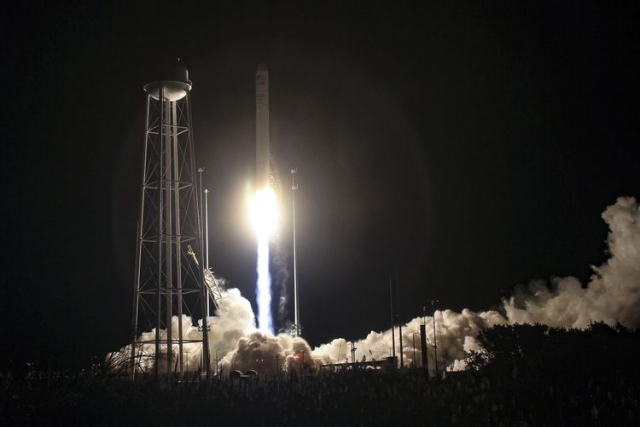US Tables Defense Space Strategy Targets

The U.S. Department of Defense in its Space Strategy document, laid out a four-pillar strategy for work that needs to be done in space within the next decade and beyond.
Justin T. Johnson, acting deputy assistant secretary of defense for space policy, discussed that strategy at a virtual Heritage Foundation event today. The document was published by the DoD this June.
"China and Russia are aggressively developing counter-space capabilities specifically designed to hold U.S. and allied space capabilities at risk. China and Russia have made space a warfighting domain,” Johnson pointed out, while explaining why the Defense Space Strategy is important.

He mentioned that Russia and China are deploying systems that could potentially knock out U.S. satellites, which are vital to such things as missile warning; precision, navigation and timing; and weather forecasting.
The first line of effort, he said, is for the U.S. Space Force to build a comprehensive military advantage in space.
The second effort is to integrate space in the joint force and with allies and partners. That mission is primarily the responsibility of U.S. Space Command, which organizes exercises and prepares for the fight in space, should that become necessary, he said.
The third effort, he said, is to shape the strategic environment. That includes such things as educating the public about threats, promoting responsible activities in space and putting adversaries on notice that harmful meddling will be met with a deliberate response from the department at the time and means of its choosing.

The fourth effort, he said, is to work with allies, partners, industry and other U.S. agencies. For example, NASA, the Federal Aviation Administration and the Commerce Department are working to help streamline regulations for industry. In turn, the DOD is relying on help from industry.
Overall, the Space Development Agency is the key strategist.
As of now, 20 nations and 100 academic and industry partners are collaborating with the department.
Besides the military aspect, Johnson mentioned that space is vital to U.S. and global commerce. "Our $20 trillion U.S. economy runs on space."











